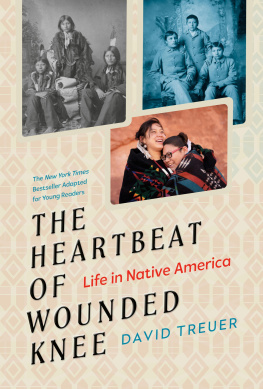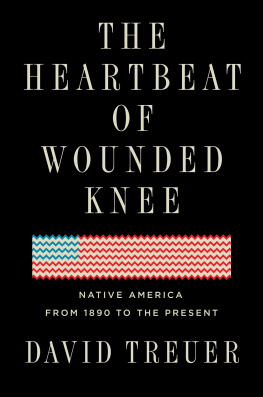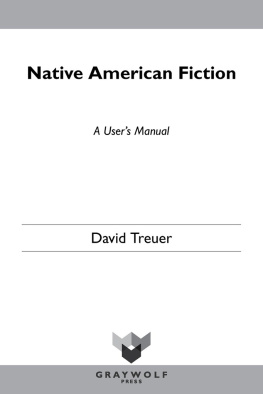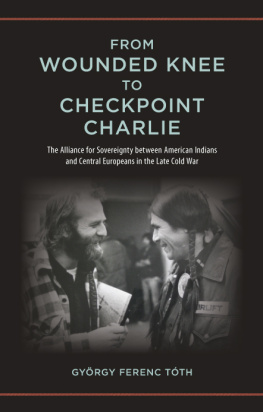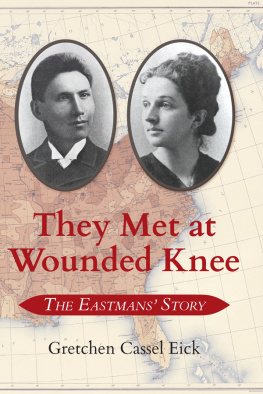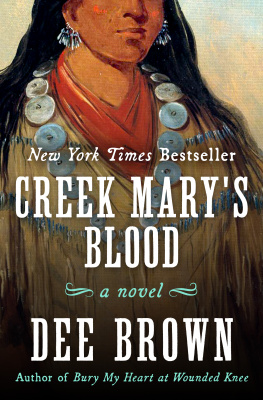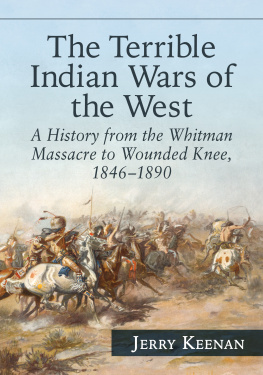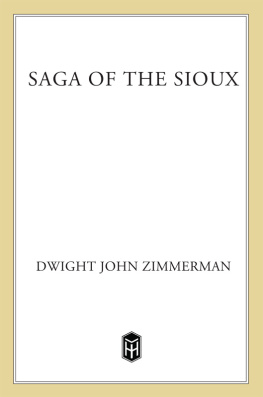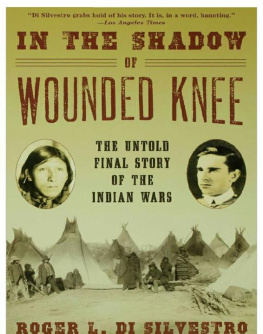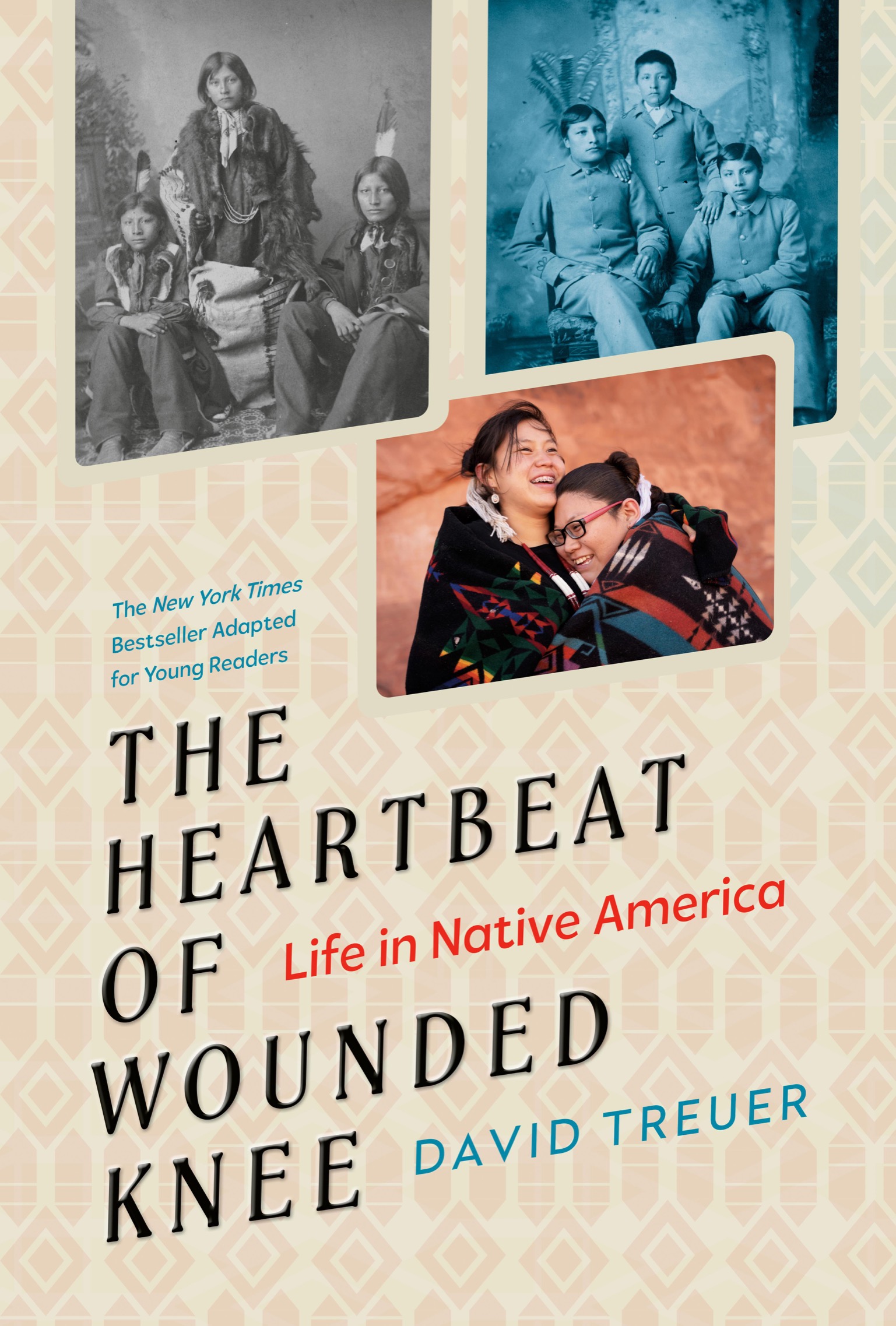In Memory
Margaret Seelye Treuer, Robert Treuer, Sean Fahrlander, Dan Jones
VIKING
An imprint of Penguin Random House LLC, New York

First published in the United States of America by Viking,
an imprint of Penguin Random House LLC, 2022
Copyright 2022 by Apelles Productions, LLC
Penguin supports copyright. Copyright fuels creativity, encourages diverse voices, promotes free speech, and creates a vibrant culture. Thank you for buying an authorized edition of this book and for complying with copyright laws by not reproducing, scanning, or distributing any part of it in any form without permission. You are supporting writers and allowing Penguin to continue to publish books for every reader.
library of congress cataloging-in-publication data
Names: Treuer, David, author. | Keenan, Sheila, adapter.
Title: The heartbeat of Wounded Knee : life in Native America / David Treuer ; adapted by Sheila Keenan.
Description: New York : Viking, 2022. | Includes bibliographical references and index. | Audience: Ages 12 and up | Audience: Grades 1012 | Summary: Since the late 1800s, it has been believed that Native American civilization has been wiped from the United States. The Heartbeat of Wounded Knee argues that Native American culture is far from defeatedif anything, it is thriving as much today as it was one hundred years ago. The Heartbeat of Wounded Knee looks at Native American culture as it exists todayand the fight to preserve language and traditionsProvided by publisher. Identifiers: LCCN 2022021907 (print) | LCCN 2022021908 (ebook) | ISBN 9780593203477 (hardcover) | ISBN 9780593203484 (ebook) | Subjects: LCSH: Indians of North AmericaHistory20th centuryJuvenile literature. | Indians of North AmericaSocial conditions20th centuryJuvenile literature. Classification: LCC E77.4 .T743 2022 (print) | LCC E77.4 (ebook) | DDC 970.004/97dc23/eng/20220518 LC record available at https://lccn.loc.gov/2022021907 LC ebook record available at https://lccn.loc.gov/2022021908
Viking & colophon are registered trademarks of Penguin Random House LLC.
Visit us online at penguinrandomhouse.com.
Ebook ISBN 9780593203484
Cover photos courtesy of Archives and Special Collections, Dickinson College; and iStock
Design by Lucia Baez, adapted for ebook by Andrew Wheatley
The publisher does not have any control over and does not assume any responsibility for author or third-party websites or their content.
pid_prh_6.0_141494713_c0_r0
For Elsina, Noka, and Bine,
as always and forever
CONTENTS


PROLOGUE
This book tells the story of what Indians in the United States have been up to in the 130 years since the infamous massacre at Wounded Knee Creek in South Dakota: what weve done, whats happened to us, and what our lives have been like. It is adamantly, unashamedly, about Indian life rather than Indian death. That we even have livesthat Indians have been living in, have been shaped by, and in turn have shaped the modern worldis news to most people. The usual story told about usor rather, about the Indianis one of decline and death. Our story begins in unchecked freedom and communion with the earth and ends in confinement and perpetual suffering on reservations. Wounded Knee has come to stand in for much of that history.
But what were the actual circumstances of this event that has taken on so much symbolic weight?
In the 1860s, the U.S. government had been trying to solve the Indian problem on the Great Plains with a three-pronged approach: negotiation, starvation, and warfare. Open war on its own had not been going too well. The Plains Indians had won decisive victories and forced the government to the treaty table. In 1868 the Lakota secured a large homeland on the Great Sioux Reservation in southwestern South Dakota and northern Nebraska.
Then gold was discovered in the Black Hills of South Dakota. The Lakota tried to enforce the terms of the 1868 treaty and throw out the gold-seekers who rushed in. Their attempts led, directly, to the Battle of the Little Bighorn, where George Armstrong Custer and the Seventh Cavalry were wiped out on June 25, 1876. During the final hours of the battle, the Lakota and Cheyenne dismounted, put away their guns, and killed the remaining cavalry with their war clubs and tomahawks in a ritual slaughter. Some Dakota women, armed with buffalo jawbones, were given the honor of dispatching the soldiers with a sharp blow behind the ear.
After that defeat, the U.S. government switched tactics. Instead of confronting the Indians head-on, it encouraged widespread encroachment by settlers, reneged on treaty promises of food and clothing, and funded the wholesale destruction of the once vast buffalo herds of the Plains. By the late 1870s, an estimated five thousand bison were being killed per day.
Without the bison, the Lakota and other Plains tribes could not hope to survive, at least not as they had been surviving. Their reservations might have been designed as prisons, but now they became places of refuge. With the vast buffalo herds gone and a growing white population of ranchers, hunters, railroad workers, prospectors, homesteaders, and soldiers hemming them in, the Plains Indians did what many disenfranchised people have done when threatened on all sides: they turned to God. The Indians, however, turned to God in the form of the Ghost Dance.
The Ghost Dance religion started among the Paiute in Nevada. It promised a payoff: if Indians lived lives of harmony, worked hard, and danced the Ghost Dance, they would find peace on earth and be reunited with the spirits of their ancestors in the afterlife.
As the religion spread from Nevada, it changed. The Lakota believed if they did the Ghost Dance the right way and lived by its rules, they would find peace in this world and the next and all the white people would be washed away. If Indians returned to their traditional ways of life and forms of religious observance, the natural world would be restored and returned to them.
The Ghost Dance movement brought Indians together in large numbers. This greatly alarmed the U.S. government, which redoubled its ongoing efforts to disrupt Indian lives and break up Indian families. It dismantled the Great Sioux Reservation into five smaller reservations, including Standing Rock and Pine Ridge. The Ghost Dance religion was banned, and government troops near the Pine Ridge Reservation were increased.
Trouble came. In December 1890, Sitting Bull, who had led his people to victories against the U.S. military and who had helped wipe out Custers Seventh Cavalry at the Little Bighorn, was arrested on the Standing Rock Reservation. Authorities feared that the famous Hunkpapa Lakota chief would use his considerable influence to promote the Ghost Dance. In a scuffle during the arrest, Sitting Bull was shot and killed by Indian police officers who had been sent in by the reservations Indian agent, a white U.S. government official. Hearing this news, Spotted Elk (also known as Chief Big Foot) grew afraid for his life and the life of his Lakota band, which also lived at Standing Rock. Spotted Elk and 350 followers left the reservation. They headed for the sanctuary of Pine Ridge.

